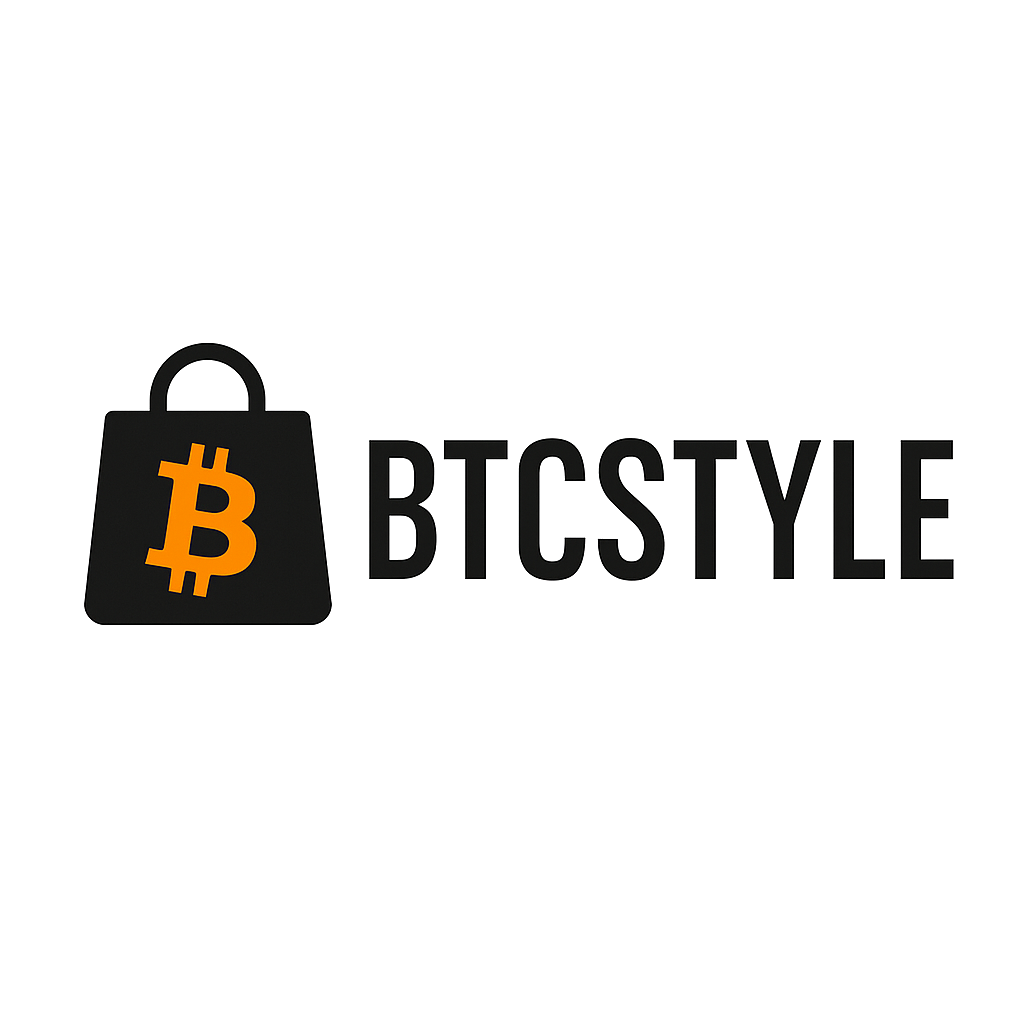Do We Really Control Our Money?
You might think the money in your bank account is truly yours. In practice, however, you don’t have absolute control over it. Don’t believe it? Try withdrawing a larger amount of cash and see what happens. How many forms will you fill out? What questions will the bank ask? And what if you try sending your own money to a friend in Iran or China? You’ll find your ability to dispose of your property is in fact quite limited.
We live in a privileged part of the world with relatively broad freedom to handle money. That is not a given everywhere. In many countries, governments and banks can freeze accounts, confiscate savings, or block transactions at any time — and history shows this has happened many times before.
Historical Examples of Asset Seizures
-
U.S. Gold Confiscation (1933)
President Franklin D. Roosevelt issued Executive Order 6102 banning private ownership of gold. People had to hand over coins, bars, and certificates in exchange for paper dollars. Refusal risked a fine up to $10,000 (today: hundreds of thousands) or imprisonment. The stated aim was to gain control over monetary policy and the “stability” of the dollar. -
Cyprus (2013) — seizure of bank deposits
After the 2013 crisis, the government “rescued” banks using citizens’ deposits. Balances above €100,000 were levied up to 47.5%. People woke up to find nearly half their savings gone. -
India (2016) — overnight demonetization
In November 2016 the government suddenly invalidated 500 and 1,000-rupee notes. Framed as a blow to corruption and the shadow economy, it paralyzed a cash-based country and left millions with limited access to their savings. -
Argentina (2001) — frozen bank accounts
The “Corralito” measure capped cash withdrawals at roughly 250 ARS per week. Although money was “in the bank,” people couldn’t access it. Riots and the loss of life savings followed.
How Does the Modern Banking System Work?
The common view is: I deposit money, the bank stores it safely, and it waits for me. Reality: modern banking runs on fractional reserve principles. Banks do not hold all deposits in cash — they lend most of them out, effectively creating new money “out of nothing” (from debt).
For centuries, money was backed by precious metals, especially gold: every banknote had a corresponding value in the treasury. This restrained unlimited printing. In 1971 U.S. President Richard Nixon ended the gold standard. Since then, the dollar (and gradually most currencies) has not been backed by real assets — giving governments and central banks latitude to issue new money in virtually unlimited amounts.
Today’s money is fiat — its value rests on trust that it will purchase something tomorrow.
Illustrative “Money Creation” Example
You deposit €1,000. The bank keeps, say, €100 and lends €900. The borrower deposits €900 at another bank, which again keeps a fraction and lends the rest. New deposits appear — numbers on a screen — even though no new real asset was created.
On a larger scale: a construction business owner saves €1,000,000. A young couple takes a €1,000,000 mortgage, pays the builder, and the builder redeposits the funds. He now “sees” €2,000,000 (the original million plus the mortgage payment). No gold, silver, or other backing was added — only debt. (Real-world details vary, but the principle holds.)
So What Backs Today’s Money?
Debt. Every mortgage or loan creates new money. As loans are repaid, that money is “destroyed” — it disappears from circulation. Hence, when inflation is high, central banks raise interest rates (fewer new loans → fewer new money units). To stimulate the economy, they cut rates (more loans → more new money).
Thus central banks constantly “steer” the economy. Instead of hard money backed by assets, we have a currency system based on trust and the continual creation of new debt. As money has evolved into predominantly electronic ledger entries, its controllability — and the potential to restrict transactions — has increased.
Summary
- Money evolved: barter → universal exchange media (salt, metals) → coins → paper → electronic payments.
- To function, money must be trusted, portable, divisible, and sufficiently scarce.
- If someone can easily expand the money supply, its value falls → inflation erodes purchasing power.
- Today’s money is often hard to move in large amounts and relatively easy to confiscate (freezes, limits, regulations).
- People shift savings into real estate, stocks, gold, and other assets — often not to “profit,” but to protect against inflation. Investing has become a necessity rather than a choice, revealing a deeper systemic issue.
Money is a powerful tool, but problems arise when a small group can change its quantity and rules through control of issuance and distribution. Having reviewed the history and weaknesses of current money, one question remains: what is the solution?
In my view, it is Bitcoin — Money 2.0.
